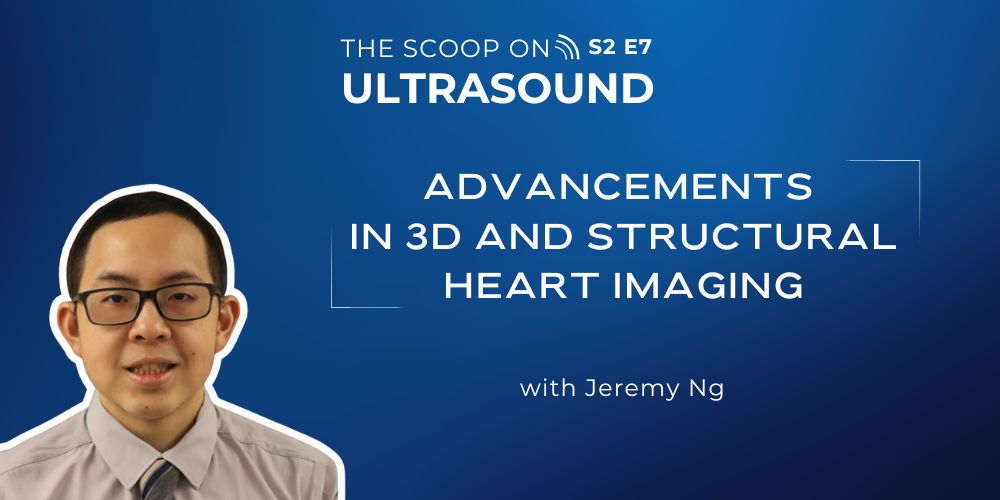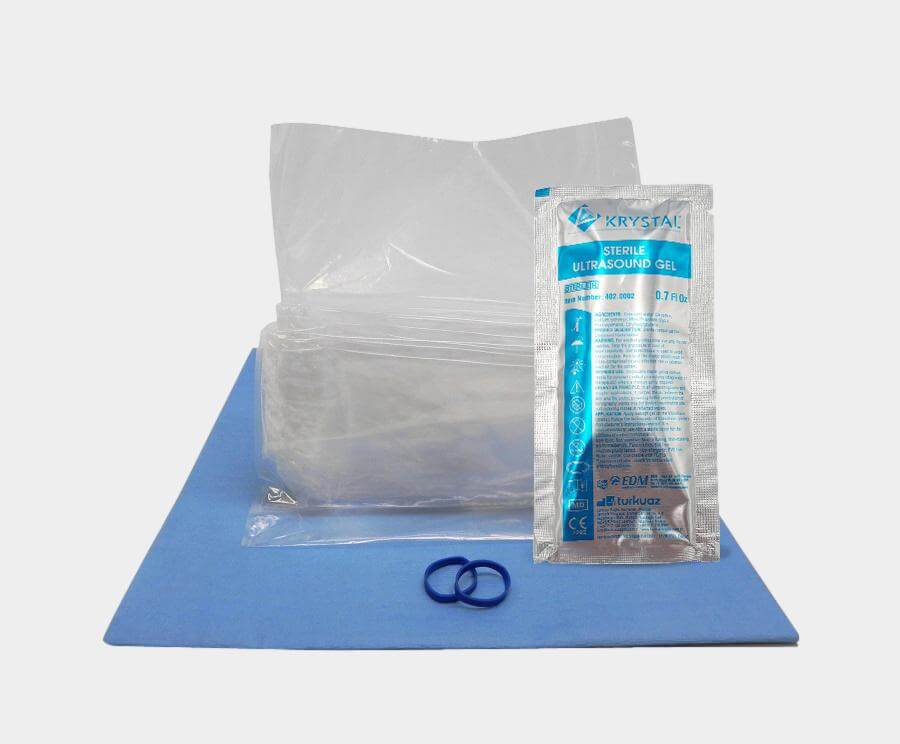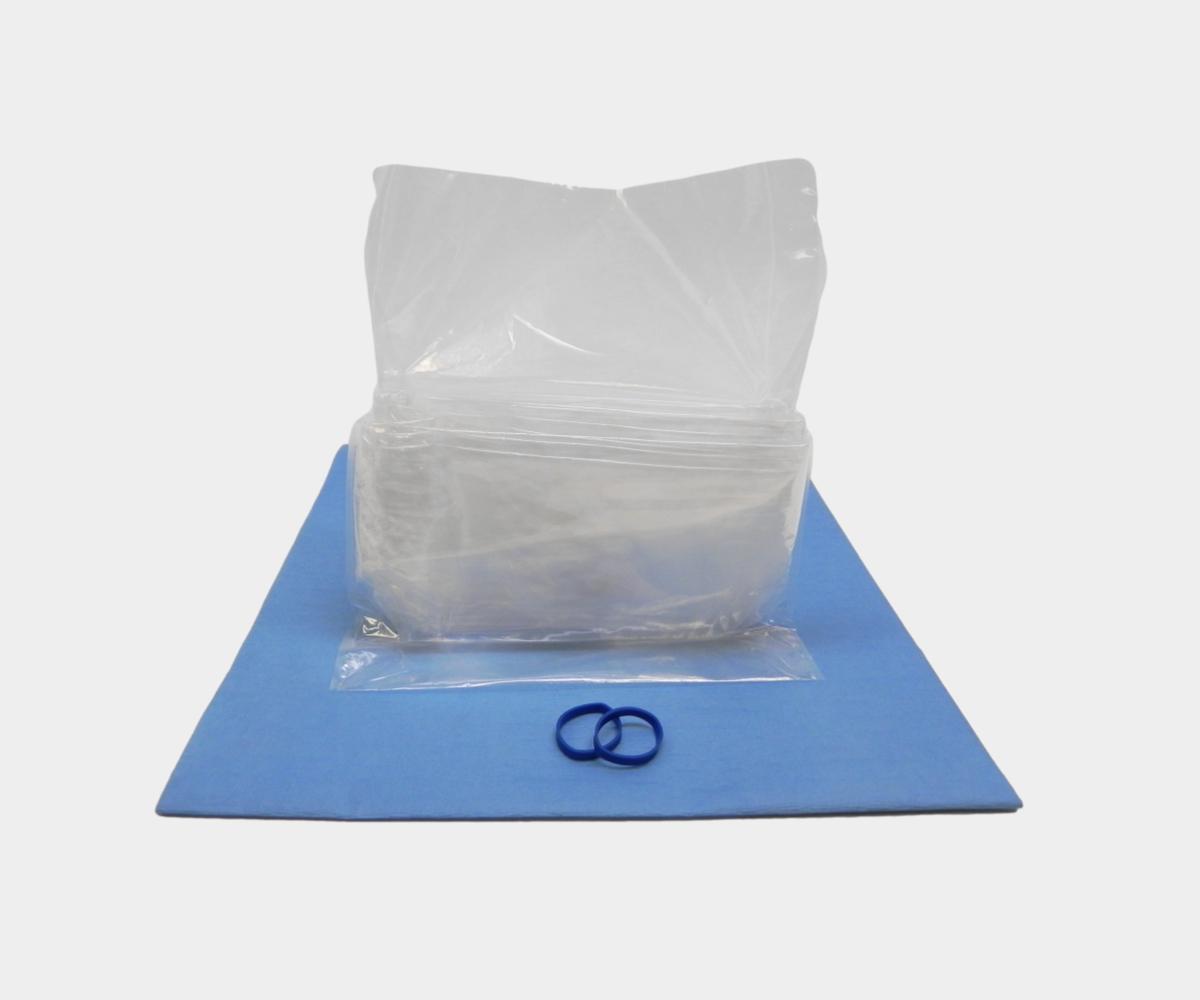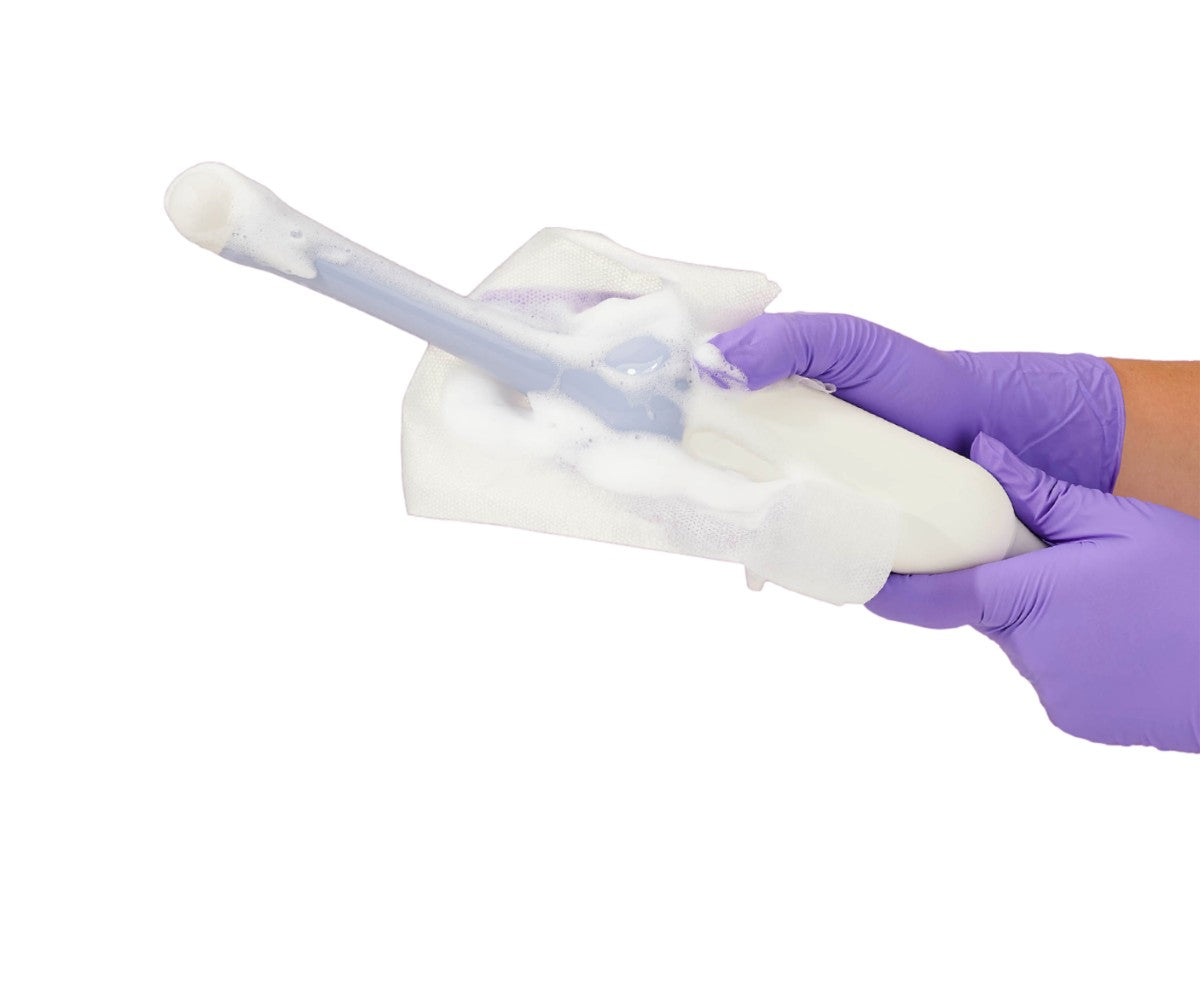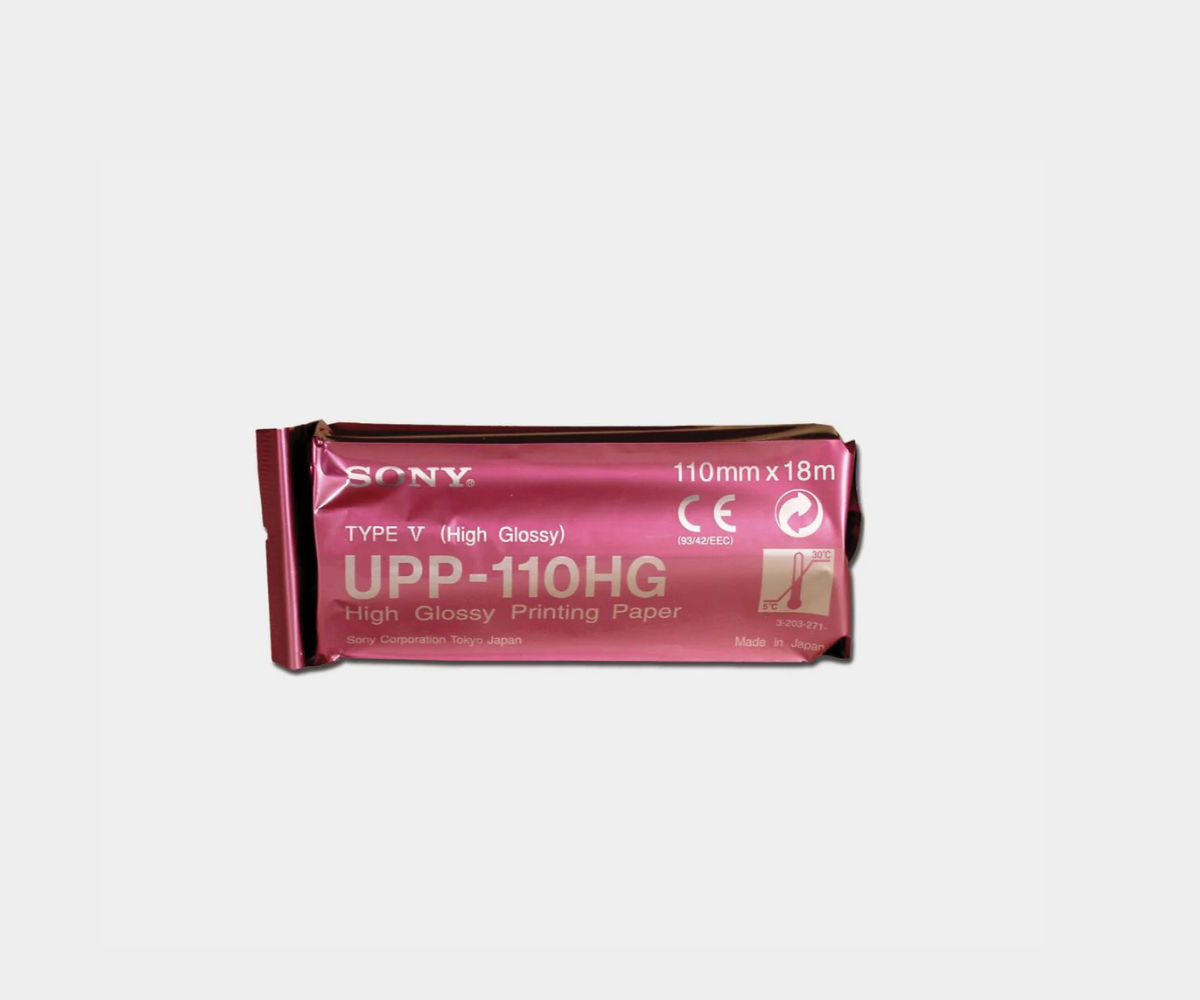In this edition of The Scoop on Ultrasound, we’re excited to feature Jeremy Ng, non-invasive cardiology manager at AnMed Health, for an insightful discussion on the latest in 3D and structural heart imaging. With a wealth of expertise—including roles as team lead sonographer and technical director —Jeremy returns to share how cutting-edge imaging technologies are revolutionizing patient care and diagnostic accuracy.
Emmanuel Soto: Could you share your perspective on how the developments in 3D imaging have improved patient outcomes?
Jeremy Ng: 3D imaging has significantly impacted patient outcomes, particularly in identifying and addressing surgical complications. For example, when a physician is able to detect a leakage and pinpoint its exact location, they can intervene while the patient is still on the operating table. This capability reduces the likelihood of surgical complications post-procedure.
Another area where 3D imaging proves invaluable is in the precise measurement of ejection fraction (EF) and left ventricular (LV) volume. These accurate measurements enable physicians to create more effective treatment plans and reduce medication errors. Additionally, 3D imaging allows for the quantification of aortic regurgitation following a TAVR procedure, which has been shown to be far superior and more accurate than 2D imaging.
This improved quantification helps physicians determine the severity of the regurgitation and select the appropriate device to successfully treat the patient. Many cardiologists struggle with accurately quantifying the severity of regurgitation, so having this advanced capability with 3D imaging has a significant positive impact.
Emmanuel Soto: When it comes to patient communication, how do you think technology such as 3D imaging could enhance that aspect?
Jeremy Ng: Advancements in technology, including 3D imaging, definitely have the potential to improve patient communication. However, this improvement relies on the education of physicians and nurses who assist in explaining procedures, post-procedural instructions, results, and other related aspects to patients.
For example, incorporating additional explanations or simplified language into reports could make information more accessible to patients.
While technology can automate certain processes and refine communication methods, the responsibility for effective communication ultimately lies with physicians and hospitals.
In terms of echocardiography and advancements in imaging technology, there may be indirect benefits for communication due to improved report accuracy. However, for meaningful enhancements in communication, efforts need to be made at a higher level, combining technological tools with robust patient education practices.
Emmanuel Soto: What do you see as the most promising advancements in 3D imaging and structural heart imaging today?
Jeremy Ng: One of the most promising advancements in 3D imaging is the improvement in temporal resolution. This has been a challenge for a long time, as 3D imaging often requires significant time to construct an image. Even during live 3D imaging, there can be considerable lag and delay, with temporal resolution not meeting the needs of real-time surgical applications. In the surgical suite, having high temporal resolution is absolutely critical. Enhancing this aspect of 3D imaging will likely have the most significant impact.
Additionally, advancements in artificial intelligence (AI) are showing great potential. For instance, a company called CardiacField has been featured in an article for its innovative approach to 3D reconstruction using AI. Instead of relying solely on a 3D probe, their method uses a standard probe in combination with AI and deep learning to generate 3D images. This approach shows a lot of promise, though there are still challenges that need to be addressed.

